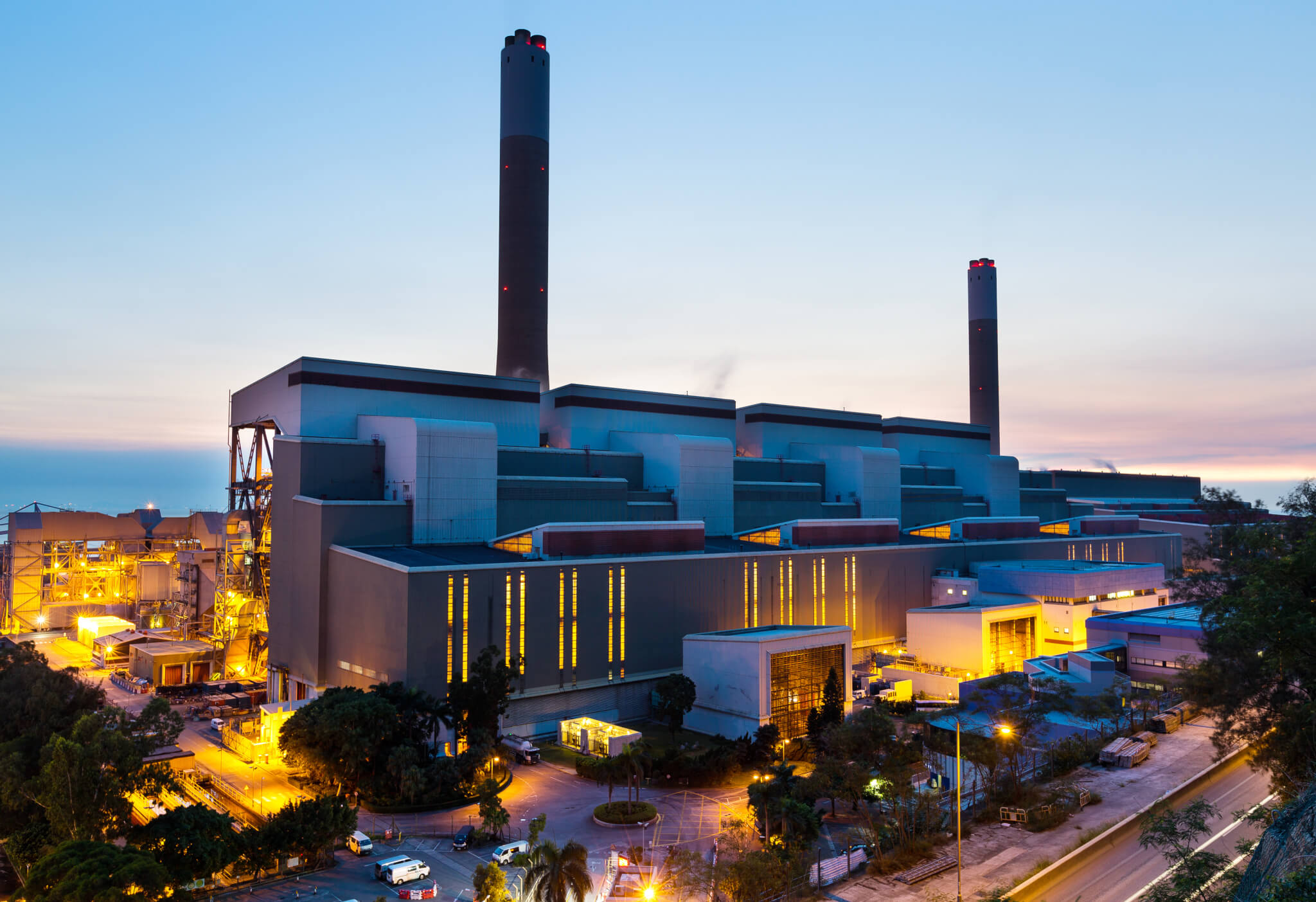March 23, 2023
Webster’s Dictionary defines one-stop shopping as providing a comprehensive range of goods or services at one location. If you stop and look around, you’ll see that more and more, this concept has taken hold. Grocery stores are not just grocery stores but also gas stations. Banks, once viewed as places to deposit and withdraw money, are now in the business of offering financial advice to help your money grow.
One-stop shopping touches every facet of our lives. How we shop, live, work, and play – all these areas and many more center on this concept, including where we do all these things. It’s called Facilities Management (FM), a philosophy focusing on convenience geared toward preserving a critical business asset: Our work environments.
What is Facilities Management?
The International Facilities Management Association (IFMA) defines Facility management as a organizational function that integrates people, place, and process with the environment. The purpose is to improve the quality of life of people and productivity of the core business. People, products, services, and customers are the engine that drives businesses worldwide. But where would they be without a functional space to house them?
Start With Your Building
A large part of an FM program will revolve around your other pieces, but your building is where you should start. No matter how well the building is structured or who was involved, things can fall into disrepair over time. Part of FM means having the right staff or vendor contracts to handle this arm of your business.
The cleanliness and décor of a workplace is another facet of FM that should get your attention. Remember, you’re trying to create an environment where workers feel empowered to perform. The expectation is for them to be at their best, which is why your facilities must do the same. A clean environment with furnishings that meet the persona and needs of the housed staff positions them to do their best work.
Other Things to Consider
Facilities are a large part of your FM strategy, but there is much more. First, there are the people. People means having the right staff to manage the upkeep, including cleaning and repairs. You must get this right, whether this is an internal hire or an outsourced function. These people, not just the staff working in the facility, set the tone for your organization’s performance.
Think about any facility you’ve even been in that you consider well-run. Now, understand it didn’t just happen. It’s a product of intentions; there’s a process, a routine, and an order. Building this kind of discipline into your FM strategy increases productivity and prolongs the life of your environment. In time, it becomes ingrained into the mind of every user. This belief results in synergistic value stretching across all levels of your operation.
Lastly, don’t forget to leverage technology. You can’t run, protect, and grow a world-class facility using pen and paper. Those days are long gone. Infuse technology into your mix that communicates with your environment and select staff. Systems that monitor maintenance schedules, send updates, and timely alerts, pinpointing challenges before they become disasters. These systems can deliver valuable data that help your work environment become a strategic advantage.
Outsourcing FM
The growing trend is to outsource the facilities management services. This is happening for several reasons including:
- Cost savings: When you outsource, you don’t have to train your staff or incur the other costs associated with a full-time staff.
- Less worry: Outsourcing your FM needs means less fear, allowing you to redirect that energy to other areas of need.
- Your facility looks and feels better: FM professionals know how to manage a facility far better than you in most cases. With that, allowing them to handle this function results in more success.
- They know better: Something else to remember is that FM vendors are abreast of all the latest trends and technologies. They understand what your facility needs to run at an optimal level.
If you plan to outsource, find a vendor capable of providing you with a one-stop shopping experience. Using one vendor is far more efficient than cobbling multiple vendors together. The one-stop option leads to consistency and improves output since there is only one relationship to manage.
Conclusion
Even in this remote workplace world that has become the norm, having the right work environment as a cornerstone is necessary. The challenge continues to be constructing a workplace where workers feel safe and protected especially, in this post-pandemic world. Situations like this and many others are why having a solid facility management program should be at the top of your organization’s list.
AIA Contract Documents has provided this article for general informational purposes only. The information provided is not legal opinion or legal advice and does not create an attorney-client relationship of any kind. This article is also not intended to provide guidance as to how project parties should interpret their specific contracts or resolve contract disputes, as those decisions will need to be made in consultation with legal counsel, insurance counsel, and other professionals, and based upon a multitude of factors.

